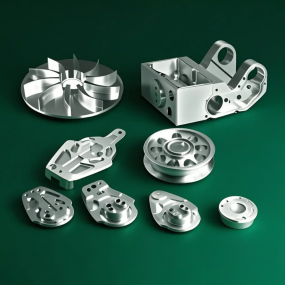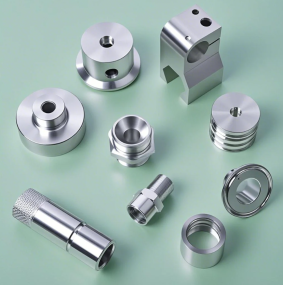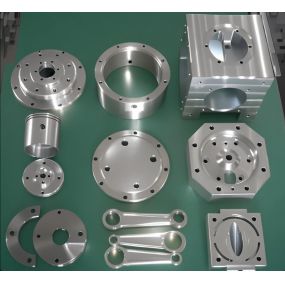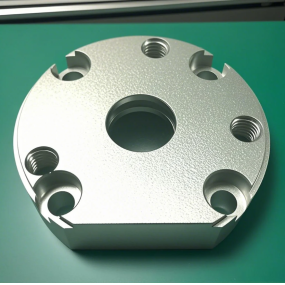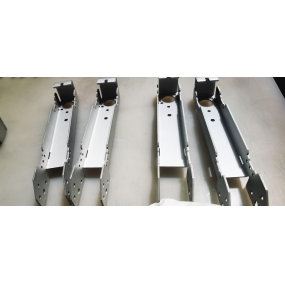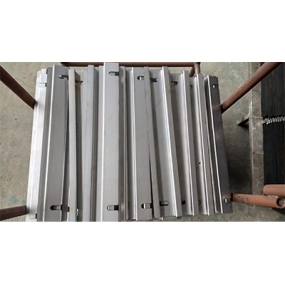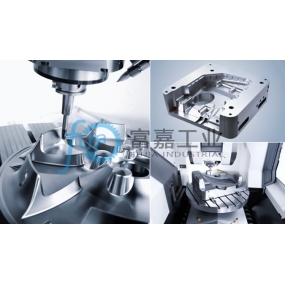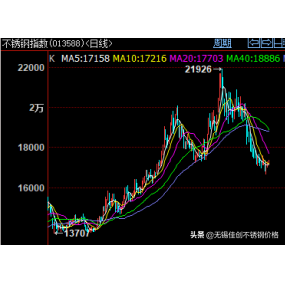Numerical control machining is a high-precision and high-efficiency machining method that is widely used in industrial production. Numerical control machining of parts is carried out automatically by computer-controlled machine tools, which has the advantages of high precision, good repeatability, and fast processing speed. The general process and specific steps of CNC Machining will be introduced below.
1、 General process of CNC machining
1. Determine the design requirements, material and process requirements for the processed parts.
2. Write numerical control programs, including parameters such as tool path, speed, and feed rate.
3. Set up machine tools and fixtures, and prepare cutting tools and workpieces.
4. Load the CNC program, debug the machine tool, and test its operation.
5. Carry out processing, monitor the processing process, and adjust parameters in a timely manner.
6. Complete processing, conduct quality inspection, and clean parts.
2、 Specific steps of CNC machining
1. Design processing plan: Firstly, it is necessary to determine the design requirements for the processed parts, including size, shape, surface roughness, etc. Write numerical control programs according to design requirements.
2. Writing numerical control programs: Numerical control programs refer to converting machining process requirements into instructions that machine tools can recognize and execute through programming languages. The program includes parameters such as tool path, cutting speed, feed rate, cutting depth, etc.
3. Set up machine tools and fixtures: Select appropriate machine tools and fixtures according to the requirements of the CNC program, and install the cutting tools and workpieces.
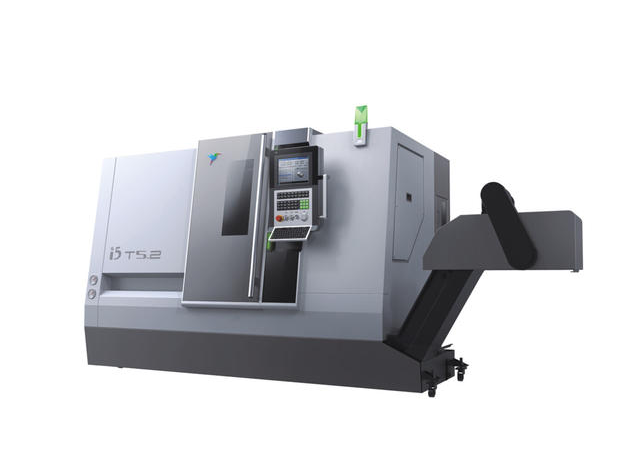
4. Load CNC program: Transfer the written CNC program to the machine tool control system through CAD/CAM software and set the machine tool parameters.
5. Debugging the machine tool: Conduct an idle running test to check whether the various components of the machine tool are operating normally. If there are any abnormalities, adjust them in a timely manner.
6. Processing: Start actual processing, monitor the processing process, and ensure processing quality.
7. Completion of processing: After processing is completed, quality inspection is carried out to check the dimensions, surface quality, parallelism and other indicators of the parts.
8. Cleaning parts: Clean the processed parts to remove chips and oil stains.
In short, CNC machining is a high-tech processing method that requires a certain level of CNC programming and machine tool operation skills. Through scientific processing techniques and strict operating procedures, the quality and efficiency of CNC machining can be ensured. I hope the above content can be helpful to you.


 Spanish
Spanish Arabic
Arabic French
French Portuguese
Portuguese Belarusian
Belarusian Japanese
Japanese Russian
Russian Malay
Malay Icelandic
Icelandic Bulgarian
Bulgarian Azerbaijani
Azerbaijani Estonian
Estonian Irish
Irish Polish
Polish Persian
Persian Boolean
Boolean Danish
Danish German
German Filipino
Filipino Finnish
Finnish Korean
Korean Dutch
Dutch Galician
Galician Catalan
Catalan Czech
Czech Croatian
Croatian Latin
Latin Latvian
Latvian Romanian
Romanian Maltese
Maltese Macedonian
Macedonian Norwegian
Norwegian Swedish
Swedish Serbian
Serbian Slovak
Slovak Slovenian
Slovenian Swahili
Swahili Thai
Thai Turkish
Turkish Welsh
Welsh Urdu
Urdu Ukrainian
Ukrainian Greek
Greek Hungarian
Hungarian Italian
Italian Yiddish
Yiddish Indonesian
Indonesian Vietnamese
Vietnamese Haitian Creole
Haitian Creole Spanish Basque
Spanish Basque

